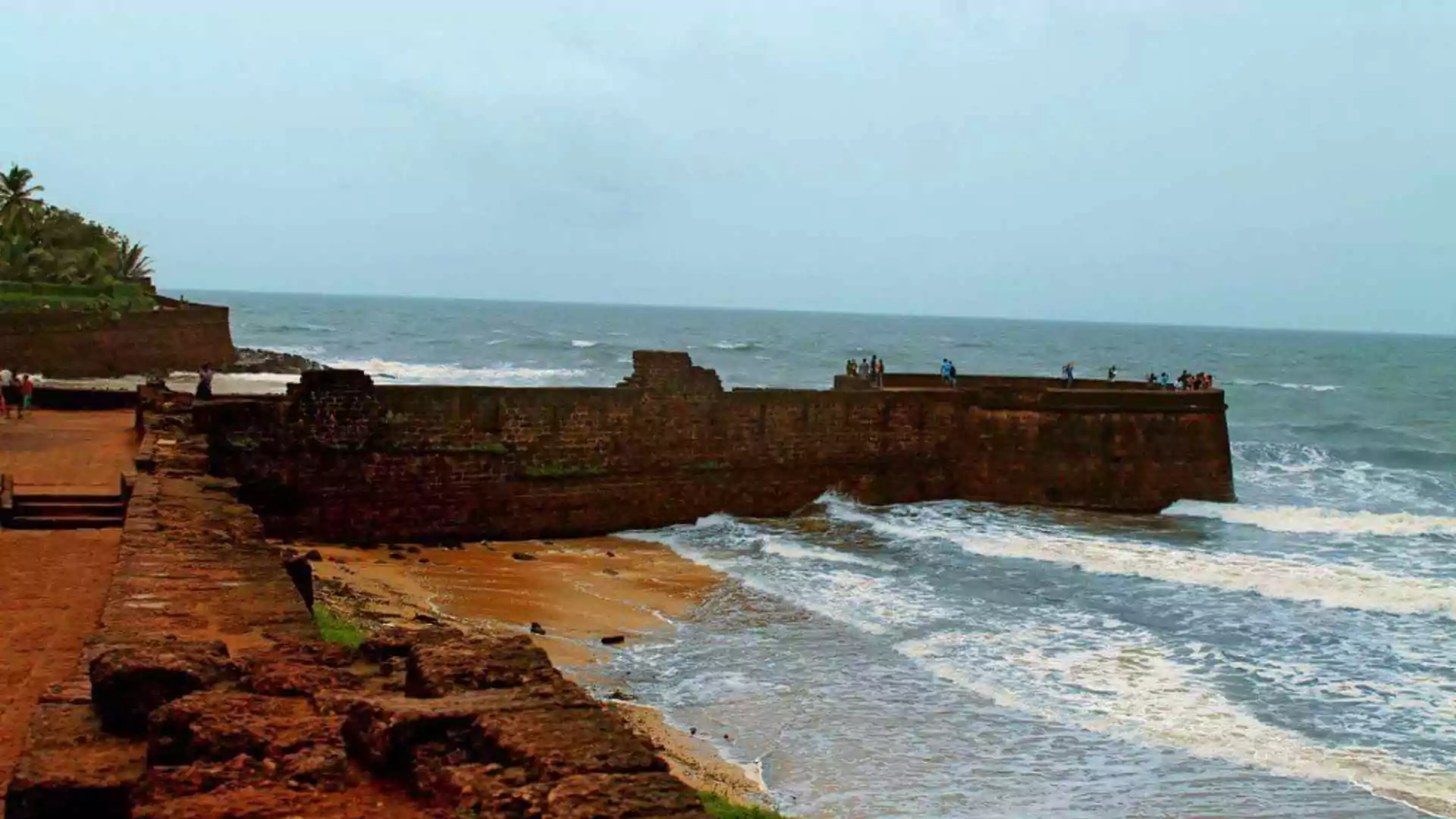Floods in the Sahara Desert, one of the hottest and driest regions on Earth. Yes! One of the rarest of the rare phenomena has occurred.
The desert is experiencing its first significant rainfall in decades, leaving blue lagoons amidst vast stretches of palm trees and sand dunes. This sudden burst of water nourished some of the most arid regions in southeastern Morocco, delivering more rainfall in two days than typically falls in a year.
Southeastern Morocco, a region characterized by extreme dryness and scarce precipitation, witnessed unprecedented rainfall this September. Tagounite, a village located roughly 450 kilometers south of Morocco’s capital Rabat, recorded over 100 millimeters (3.9 inches) of rain in just 24 hours. This amount far exceeds the yearly average for the area, which typically receives less than 250 millimeters (10 inches) annually. The downpour flooded the sandy terrain, forming puddles and lagoons that mesmerized residents and tourists alike, some of whom explored the surreal landscapes in off-road vehicles.
NASA satellite imagery captured water pouring into Lake Iriqui, a prominent lake bed between Zagora and Tata that had been completely dry for 50 years. The flooding brought forth powerful visuals of water flowing over the sandy landscape, reinvigorating oases and filling long-dormant basins with life.
A “Once in 50 Years” Event
According to Morocco’s General Directorate of Meteorology, this extraordinary event was spurred by an extratropical storm, a type of weather system that originates in higher latitudes and can bring intense rainfall. Houssine Youabeb, a representative from the agency, noted that it’s been at least 30 to 50 years since the region has experienced such substantial rainfall in such a short period.
The storm not only flooded arid regions but also signals potential shifts in local weather patterns. Youabeb emphasized that the increased moisture in the atmosphere could lead to more frequent rainfall events in the Sahara as climate change alters air circulation and the overall hydrological cycle. As temperatures continue to rise, atmospheric moisture retention increases, which can lead to intensified evaporation and precipitation cycles, bringing more frequent storms to desert areas that historically receive minimal rainfall.
Drought Relief and Damage in Desert Communities
For Morocco, which has endured six consecutive years of drought, the rainfall offers a glimmer of relief. The desert’s extensive groundwater aquifers, crucial for supplying water to local communities, are expected to benefit from this unusual deluge. In addition, dammed reservoirs across southeastern Morocco reported record refills throughout September. Despite the temporary reprieve, it remains uncertain if the rains will substantially alleviate the drought, which has left fields fallow and forced cities and villages to implement water rationing.
However, the heavy rains were not without consequences. At least 20 people lost their lives across Morocco and Algeria as floodwaters surged through communities, causing property damage and destroying crops. The Moroccan government has deployed emergency relief funds to assist affected areas, including some regions still recovering from last year’s devastating earthquake.
Climate Change and Extreme Weather in the Sahara
The Sahara Desert, which spans 9.4 million square kilometers (3.6 million square miles) and stretches across a dozen countries, is no stranger to the impacts of climate change. Global warming is increasingly associated with unpredictable weather patterns, from prolonged droughts to sudden downpours. Celeste Saulo, Secretary-General of the World Meteorological Organization (WMO), explained that climate change is disrupting water cycles worldwide, leading to more extreme events and intensifying the risk of either drought or flooding.
“As temperatures rise, the hydrological cycle has accelerated, becoming more erratic and unpredictable,” Saulo said. “We’re facing growing problems of either too much or too little water.”
Scientists now speculate that more such extratropical storms could hit the Sahara in the coming years.
ALSO READ: Donald Trump Seeks Military Aircraft Protection Amid Growing Fears Of Iranian Assassination Plot






















